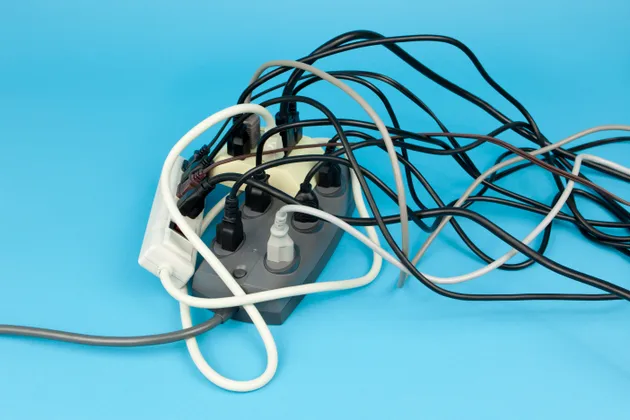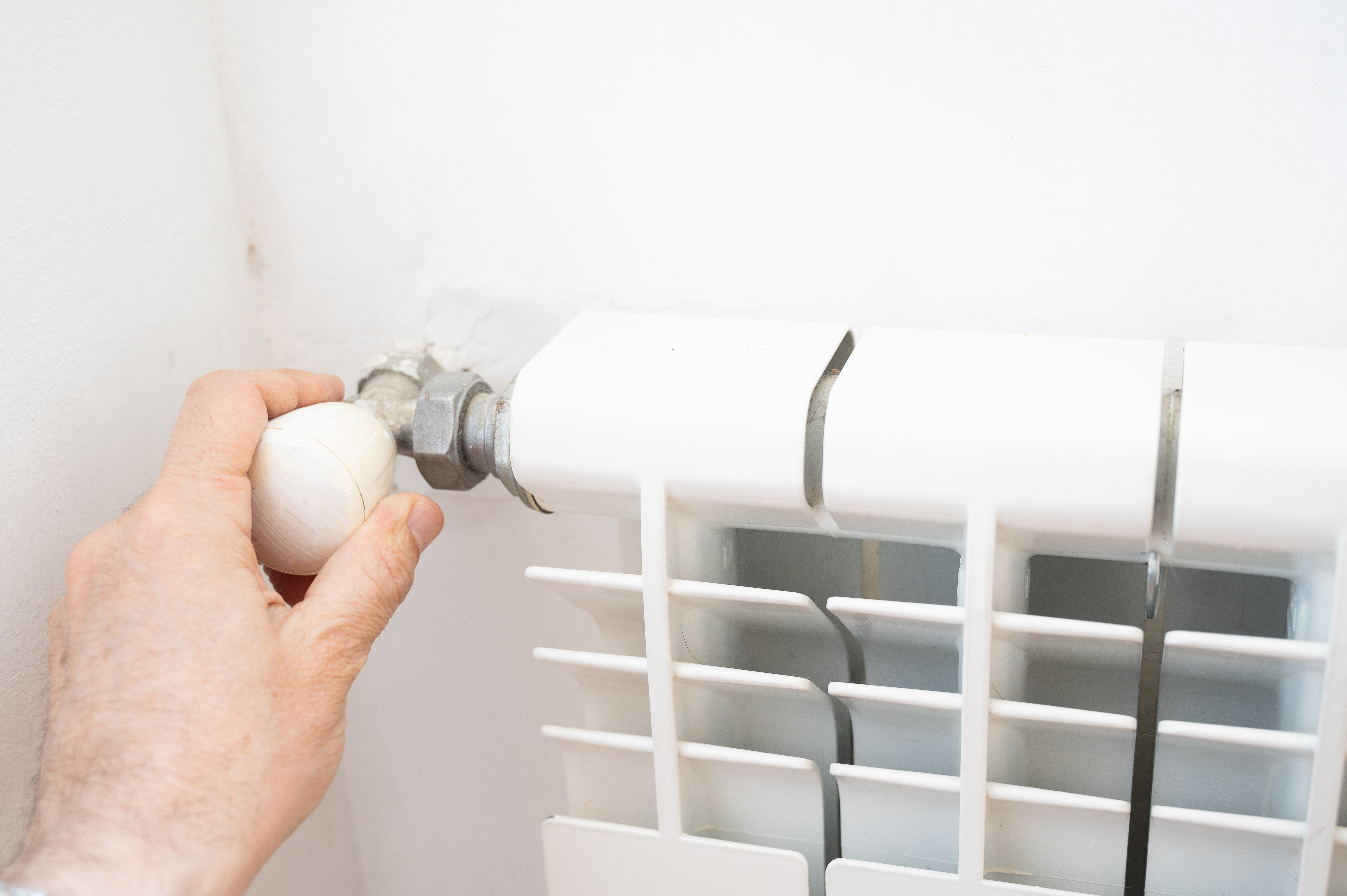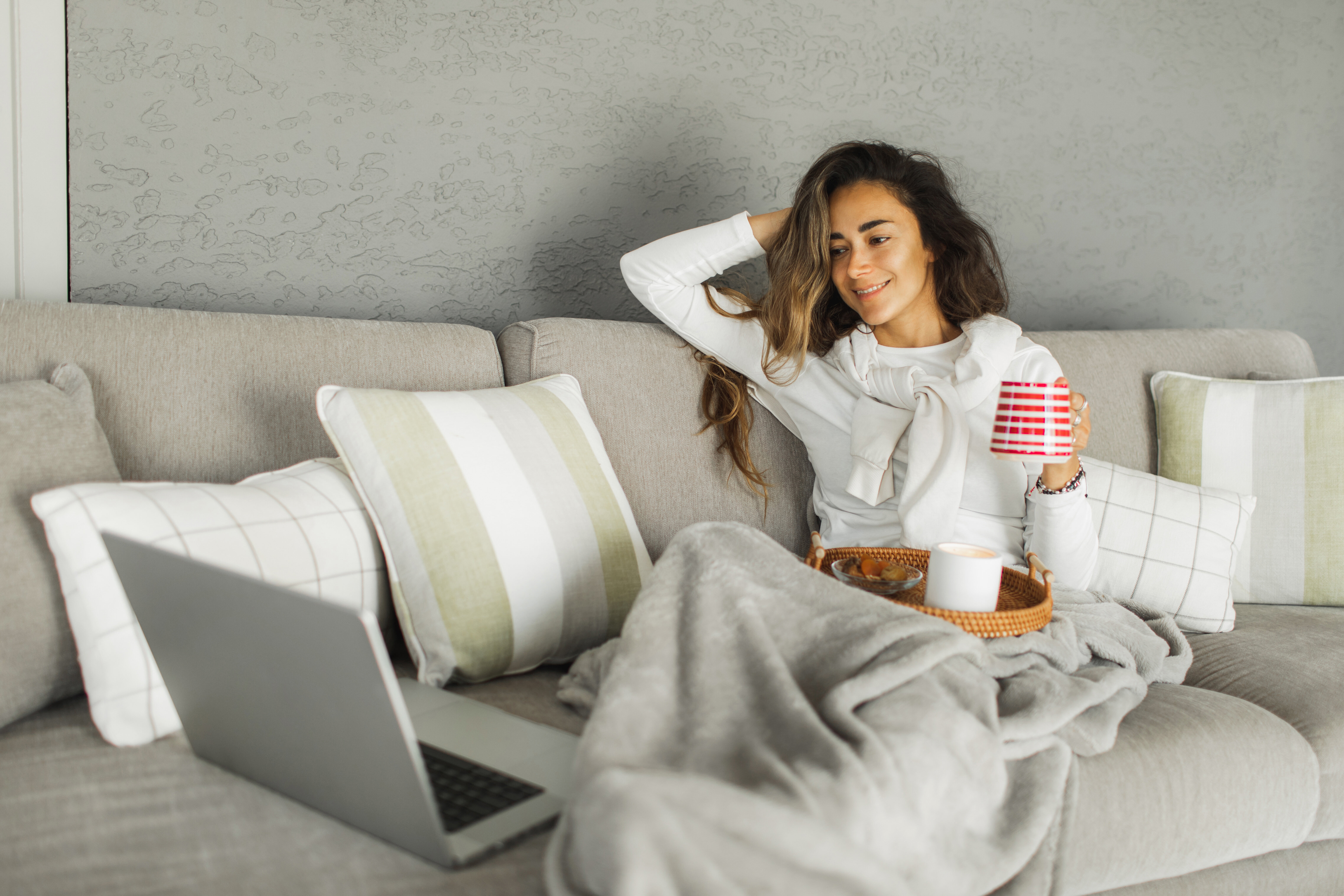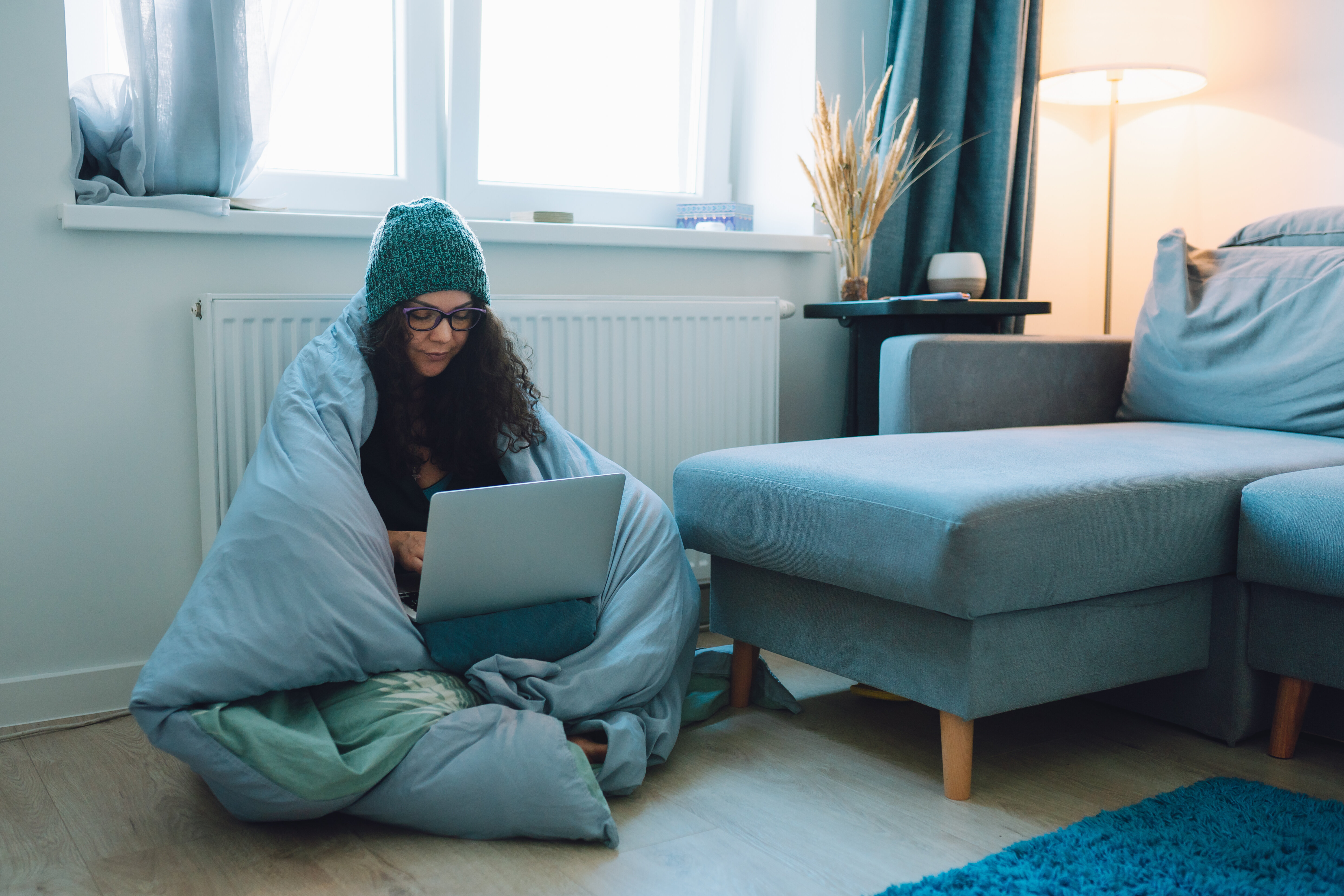Winter is the time of year many of us hibernate in our homes. But while these can be cozy months, they can also be among the most hazardous for fires.
From 2017 to 2019, heating fires in residential homes accounted for an estimated annual average of 34,200 reported fires. And more than half of all home fires occur between December and March, according to data collected between 2017-2019 by the U.S. Fire Administration’s national reporting system.
Too many of these incidents were avoidable. Fire safety and electrical experts shared with HuffPost the biggest mistakes they want you to avoid doing this winter.
1. Don’t put a space heater close to anything that could combust.
 Space heaters can give you much-needed warmth in winter, but they are a known fire hazard when left unattended.
Space heaters can give you much-needed warmth in winter, but they are a known fire hazard when left unattended. In more than a quarter of the largest heating fires that occur in residential buildings, the fire started because the heat source was too close to something that could burn. And a space heater can often be the culprit.
That’s why you should keep a space heater at least 3 to 5 feet away from any furniture, drapery or other flammable items, said Susan McKelvey, the communication manager for the National Fire Protection Association, a nonprofit that educates the public on fire safety.
2. Don’t go a winter without checking on your carbon monoxide and smoke alarms.
In too many USFA-reported fires, a building’s smoke alarms were not working or had been dismantled when they were needed most. According to the U.S. Fire Administration, most home fires occur at night between 11 p.m. and 7 a.m., when people were sleeping.
That’s why you need alarms to be alert for danger when you’re not. “They’re your first line of defense in a home fire,” McKelvey said.
The USFA also recommends replacing your smoke alarm every decade and checking it at least once a month. You can typically run a quick checkup by pressing the alarm’s test button.
Ideally, you don’t just have one smoke alarm in your home, though. The USFA and NFPA both recommend having a smoke alarm for every bedroom, outside every sleeping area and in every level of a home, including the basement.
McKelvey said part of your winter prep should also include a plan for what you will do if the smoke alarm does actually sound. Create a buddy system for the people who are most vulnerable in your home and choose an evacuation spot outside of your home where you will all meet.
“If there are children in your home or someone who needs added assistance, determine who is the person who’s going to be responsible for helping each child or anyone who needs that assistance,” she said. “Because in a fire situation, it’s too late to start figuring that out.”
3. Don’t ever leave your heat sources unattended.
 Before you go to sleep, make sure you blow out your candles.
Before you go to sleep, make sure you blow out your candles.One common mistake is leaving anything that can burn unattended ― even if it’s just for a few minutes. “If you’re going to be using candles, make sure that you don’t leave the room when they’re in use,” McKelvey said.
McKelvey said you should not go to sleep with candles still on or embers still in your fireplace, and you should not leave your space heater on when you are not not home or are asleep.
Winter can also be a time for long cooking projects over the stove. But you don’t want to set that stew and forget it. That’s also a common example of how fires can start, McKelvey said.
“You walk away for a moment thinking I’ll be right back, and then something else distracts you. And before you know it, you’re away longer than you planned. And that’s when things have happened,” she said.
4. Don’t go a winter without doing maintenance on your heating system.
The main thing people often forget is to do is maintenance on their heating systems, said Duane Enoch, owner of Green Air Concepts Heating and Air Conditioning in Ardmore, Pennsylvania.
“Most people think every year you could just go there, hit that thermostat and turn it on and everything’s fine,” Enoch said. “You don’t know what you could be having go on long if you don’t have a check regularly.“
During a maintenance checkup, your expert will typically check out your heating systems, clear out debris from the bottom of your chimney, clean your flame sensor and make sure you have proper combustion and check if your flue gases are at the proper temperature, Enoch said.
5. Don’t plug in more than what your wall outlet or electrical panel can handle.
 Check your appliance’s amperage before plugging it in to prevent your circuit from tripping.
Check your appliance’s amperage before plugging it in to prevent your circuit from tripping. The USFA only recommends using a wall outlet if you are using a portable electric heater and advises against using a power strip or extension cord.
In fact, severalmanufacturers for portable electric heaters only recommend plugging their heater into a wall outlet that is not shared by any other appliances. That’s because those those power cords are more likely to overheat and cause fires, at least in a worst-case scenario.
“Those will catch on fire before it actually gets to the outlet to trip the breakers,” said Ayrica Walker, a Baltimore-based electrician and owner of Hers Electric.
Meanwhile, circuits on wall outlets are designed to trip and shut off the power to prevent more overheating. “Nine times out of 10, if you see a spark or an arc or a fire starts, then the circuit that the wall outlet is connected to will trip,” Walker said.
Ideally, you should not be plugging everything into one power strip without looking at the amperage or voltage, either.
Walker said one of the most common winter calls she gets is from people who tripped their circuits after plugging in a space heater. She gave the example of buying a 20-amp heater and plugging it into a 15-amp circuit that’s already running four or five other devices.
“You want to check the amperage on each appliance that you plug in,” Enoch said. Walker noted that all appliances have a spec sheet where you can look up the maximum amperage or voltage.
Or simply see how many devices turn off with one part of your electrical panel, Walker advised, before you try to plug in a space heater.
“Go to wherever your panel is … If you see something that says ‘living room,’ turn off the ‘living room’ and see what is turned off,” she said. “If five things in that room go off and it’s a TV, computer, so on and so forth, and that space heater requires 12 amps, then it’s too many.”
Ultimately, these extra steps for heating maintenance can cost you a little time and money, but they can be lifesavers in the long run.






